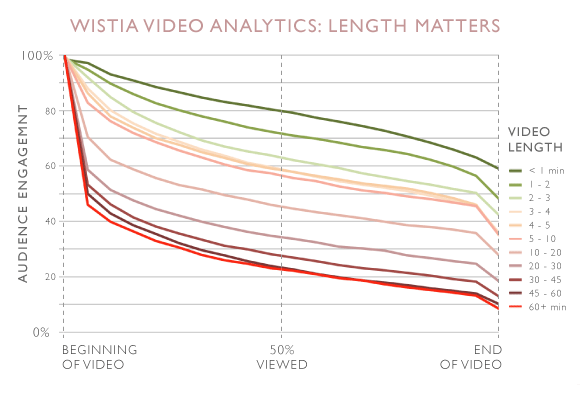As the first week of the new year comes to a close, we begin to see trends already taking hold. Whether it’s fitness, fashion, technology or public relations trends, people have begun to make predictions for what this year will bring. Here are six public relations trends we will see in 2016.
Use the traditional press release sparingly
While we are taught the first step in any public relations effort should be creating a press release, reporters and outlets are looking for more engaging ways to sift through pitches. The press release is far from obsolete, and it’s OK to experiment with PR efforts using other mediums. Instead of creating a press release for your client, utilize video, high quality images, short email pitches, social media and your previously established relationships with reporters to secure placements. Keep in mind that reporters often request materials in writing though, so company backgrounders and product fact sheets will assist them in their stories.
Increase use of thought leadership
Thought leaders are the opinion leaders or the go-to people in their field of expertise. Outlets often look for the opinion of these leaders for sources, byline articles, trends and story ideas. This type of public relations effort is rising in popularity, so it is important to start utilizing this service for clients. If you need advice on how to position experts to the media, check out our blog post on the subject.
Use video to increase engagement
As stated above, outlets and readers alike are looking for creative and engaging ways to digest content. According to the National Center for Biotechnology Information, the average attention span in 2013 was nine seconds. Video helps brands capture attention of viewers so that they will stay on past that nine second mark, a feat that is often hard to conquer in plain text articles.
Check out a few infographics from Wistia to see the science behind video marketing and engagement.
Embrace the haters
When a customer has a bad experience with a brand, they can share that to their online network. We’ve seen some of these tweets and Facebook posts go viral, drawing negative attention to brands. In order to prevent this, Forbes recommends embracing the hate. Listen to what your opposition is saying — is their complaint a reasonable issue that can be solved? Turn negative comments into ideas to improve your brand. (Check out this letter from Locally Laid Egg Company to a man offended by the company name as an excellent example.) Generating content can also help offset negativity. Developing clear and concise content in blogs, social posts or on your website is a way to lay out brand expectations, resources and capability.
Know the importance of online reputation management
As talked about in the last tip, every brand will have its fair share of haters. As the social media landscape continues to rise, the need for online reputation management grows. It’s important to be aware of what comes up when you search for your company. If you find your search results return a lot of negative links there are a few steps you can follow:
- Revamp your SEO
- Generate positive content through your social media channels and blog
- Have a strong PR strategy
Paid social will continue to rise
While it’s important to create your own social posts, it can be equally as important to participate in paid social. According to Content Marketing Institute’s 2016 content benchmark report, more than 50 percent of B2B marketing professionals use social ads and promoted posts to distribute content. Additionally, Contently tells readers at current social rates, it’s often cheaper paying to promote than paying someone to post your social content all day long.

